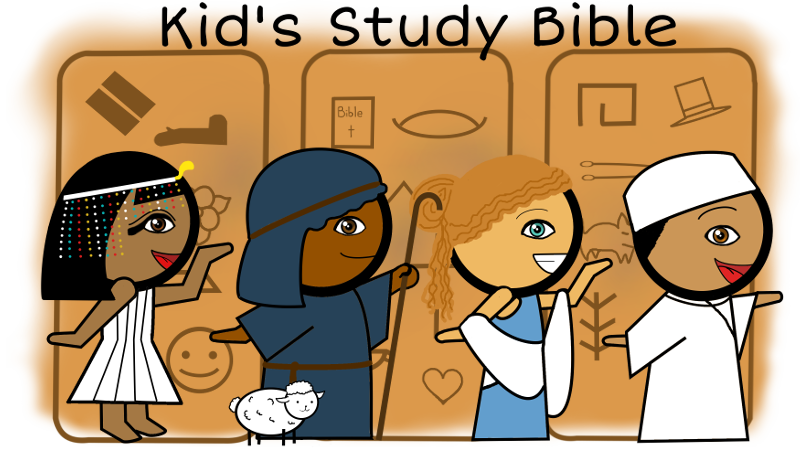1
2
When the king saw Esther the queen standing in the court, she obtained favor in his sight; and the king held out to Esther the golden scepter that was in his hand. So Esther came near, and touched the top of the scepter.
3
Then the king asked her, "What would you like, queen Esther? What is your request? It shall be given you even to the half of the kingdom."
4
5
Then the king said, "Bring Haman quickly, so that it may be done as Esther has said." So the king and Haman came to the banquet that Esther had prepared.
6
The king said to Esther at the banquet of wine, "What is your petition? It shall be granted you. What is your request? Even to the half of the kingdom it shall be performed."
7
Then Esther answered and said, "My petition and my request is this.
8
If I have found favor in the sight of the king, and if it please the king to grant my petition and to perform my request, let the king and Haman come to the banquet that I will prepare for them, and I will do tomorrow as the king has said."
9
Then Haman went out that day joyful and glad of heart, but when Haman saw Mordecai in the king's gate, that he didn't stand up nor move for him, he was filled with wrath against Mordecai.
10
Nevertheless Haman restrained himself, and went home. There, he sent and called for his friends and Zeresh his wife.
11
Haman recounted to them the glory of his riches, the multitude of his children, all the things in which the king had promoted him, and how he had advanced him above the princes and servants of the king.
12
Haman also said, "Yes, Esther the queen let no man come in with the king to the banquet that she had prepared but myself; and tomorrow I am also invited by her together with the king.
13
Yet all this avails me nothing, so long as I see Mordecai the Jew sitting at the king's gate."
14



 Haman's Plan to Destroy the Jews
Haman's Plan to Destroy the Jews

Es 5:1-14. ESTHER INVITES THE KING AND HAMAN TO A BANQUET.
1. Esther put on her royal apparel--It was not only natural, but, on such occasions, highly proper and expedient, that the queen should decorate herself in a style becoming her exalted station. On ordinary occasions she might reasonably set off her charms to as much advantage as possible; but, on the present occasion, as she was desirous to secure the favor of one who sustained the twofold character of her husband and her sovereign, public as well as private considerations--a regard to her personal safety, no less than the preservation of her doomed countrymen--urged upon her the propriety of using every legitimate means of recommending herself to the favorable notice of Ahasuerus.
the king sat upon his royal throne in the royal house, over against the gate of the house--The palace of this Persian king seems to have been built, like many more of the same quality and description, with an advanced cloister, over against the gate, made in the fashion of a large penthouse, supported only by one or two contiguous pillars in the front, or else in the center. In such open structures as these, in the midst of their guards and counsellors, are the bashaws, kadis, and other great officers, accustomed to distribute justice, and transact the public affairs of the provinces [SHAW, Travels]. In such a situation the Persian king was seated. The seat he occupied was not a throne, according to our ideas of one, but simply a chair, and so high that it required a footstool. It was made of gold, or, at least, inlaid with that metal, and covered with splendid tapestry, and no one save the king might sit down on it under pain of death. It is often found pictured on the Persepolitan monuments, and always of the same fashion.